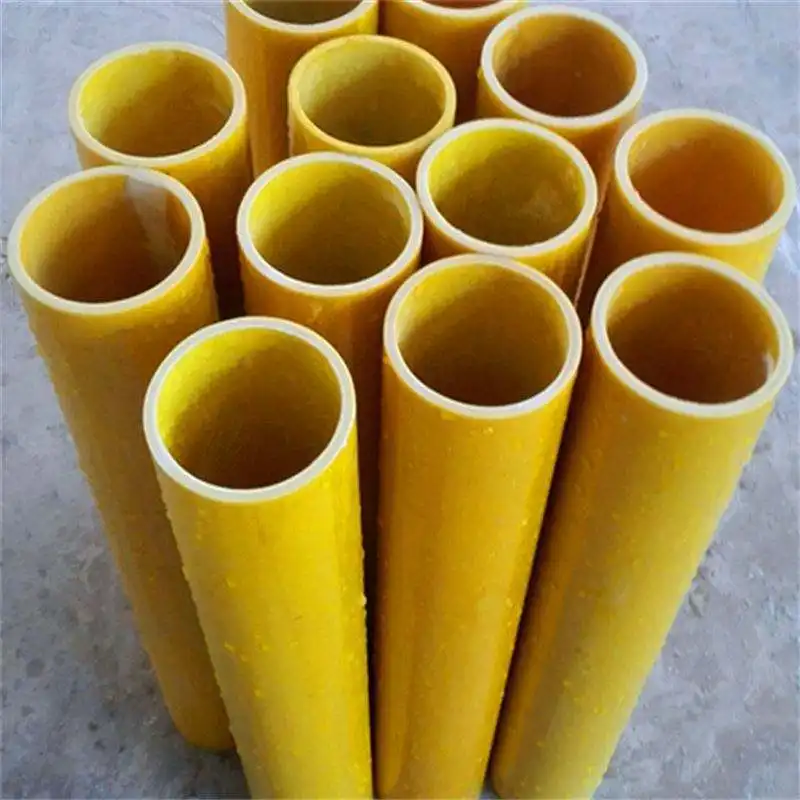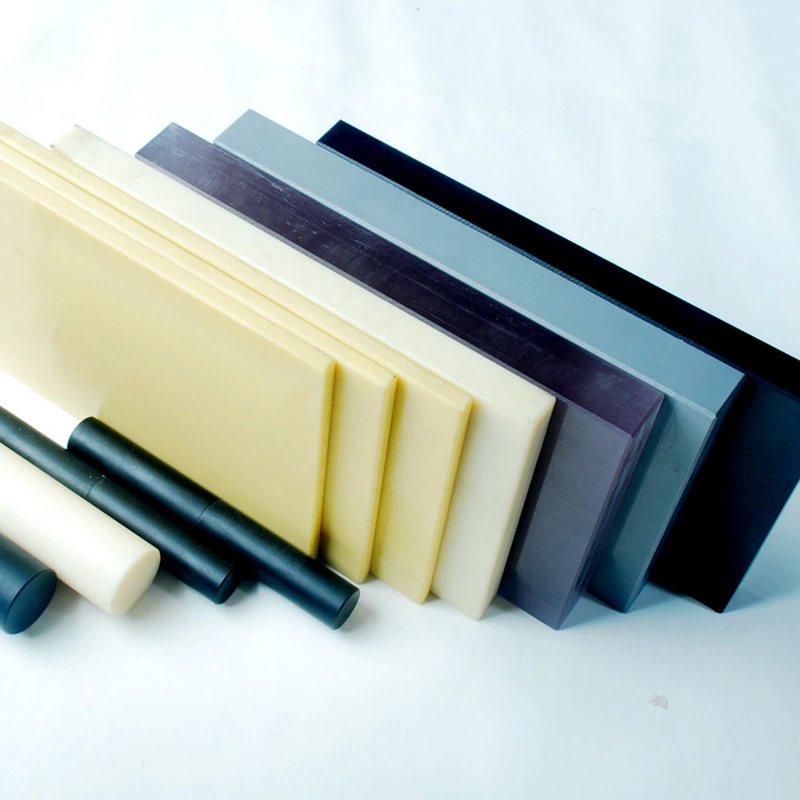Understanding MIL-I-24768/27 specifications for FR4 epoxy laminate materials
2024-11-04 17:19:20
In the world of electronic manufacturing and insulation materials, understanding military specifications is crucial for ensuring product quality and reliability. One such specification that plays a significant role in the industry is MIL-I-24768/27, which pertains to FR4 epoxy laminate materials. This comprehensive guide will delve into the intricacies of this specification, its importance, and how it affects the production and use of FR4 epoxy laminated fiberglass.
|
|
Nema Grade Fr4 Epoxy SheetBasic Information: |
| Contact Us | |
The Fundamentals of MIL-I-24768/27
Origin and Purpose of MIL-I-24768/27
MIL-I-24768/27 is a military specification developed by the United States Department of Defense. It outlines the requirements for flame-resistant epoxy-glass fabric copper-clad laminates, commonly known as FR4 materials. The primary purpose of this specification is to ensure consistency, quality, and reliability in the production of these materials for use in military and aerospace applications.
Scope and Application
The specification covers a wide range of FR4 epoxy laminated fiberglass materials, including various thicknesses, copper cladding options, and performance grades. It is applicable to both rigid and flexible laminates used in printed circuit boards (PCBs) and other electronic components. The materials specified under MIL-I-24768/27 are designed to meet stringent requirements for flame resistance, electrical properties, and mechanical strength.
Key Requirements and Parameters
MIL-I-24768/27 outlines comprehensive requirements for FR4 epoxy laminates, including critical parameters such as dielectric strength, volume and surface resistivity, moisture absorption, peel strength, flexural strength, glass transition temperature (Tg), coefficient of thermal expansion (CTE), and flammability rating. These stringent criteria ensure that the materials meet the rigorous standards necessary for military and aerospace applications. By adhering to these specifications, manufacturers can guarantee reliability and performance in extreme conditions, where safety and durability are of utmost importance.
Material Composition and Manufacturing Process
Constituent Materials
FR4 epoxy laminates specified under MIL-I-24768/27 are typically made up of several key components. The epoxy resin serves as the matrix for the composite, providing essential bonding properties. Glass fiber reinforcement enhances mechanical strength and dimensional stability, making the laminate durable under stress. Flame retardants are included to ensure compliance with strict fire safety standards. The precise formulation and ratios of these materials are meticulously controlled to meet stringent specification requirements, ensuring optimal performance in demanding applications.
Manufacturing Techniques
The production of MIL-I-24768/27 compliant FR4 epoxy laminated fiberglass involves several critical steps to ensure quality and performance. First, glass fiber fabrics are impregnated with resin, creating a robust base. This is followed by B-stage curing, resulting in prepreg sheets. The materials are then subjected to high-pressure and high-temperature lamination, which bonds them together. Finally, post-curing processes are employed to enhance the overall material properties. Each stage of this meticulous manufacturing process is closely monitored to maintain consistency and meet stringent specification requirements, ensuring the final product’s reliability in demanding applications.
Quality Control and Testing
Rigorous quality control measures are integral to the manufacturing process for MIL-I-24768/27 compliance, ensuring that every aspect meets stringent standards. This begins with raw material inspection and testing, verifying that all components are suitable for use. In-process monitoring of critical parameters is conducted to track consistency and quality throughout production. Final product testing assesses electrical, mechanical, and thermal properties, while batch sampling and statistical process control further enhance reliability. These comprehensive quality assurance procedures are vital for maintaining the high standards demanded by the specification, ultimately ensuring the durability and performance of the final product in demanding applications.
Performance Characteristics and Applications
Electrical Properties
FR4 laminates specified under MIL-I-24768/27 exhibit excellent electrical properties, including:
- High dielectric strength, typically exceeding 50 kV/mm
- Low dielectric constant, usually between 4.0 and 4.5 at 1 MHz
- Low dissipation factor, typically less than 0.02 at 1 MHz
- High volume and surface resistivity
These characteristics make the material ideal for use in high-frequency and high-speed circuit applications where signal integrity is critical.
Mechanical and Thermal Properties
The mechanical and thermal properties of MIL-I-24768/27 compliant FR4 laminates include:
- High flexural strength, often exceeding 400 MPa
- Excellent dimensional stability across a wide temperature range
- Glass transition temperature (Tg) typically above 130°C
- Low coefficient of thermal expansion (CTE), usually below 70 ppm/°C in the x and y directions
These properties ensure that the material can withstand the rigors of military and aerospace environments, including extreme temperatures and mechanical stresses.
Flame Resistance and Safety
One of the defining features of FR4 laminates specified by MIL-I-24768/27 is their excellent flame resistance. These materials:
- Meet or exceed UL 94 V-0 flammability rating
- Demonstrate self-extinguishing properties
- Produce minimal toxic fumes when exposed to fire
- Maintain structural integrity under high-temperature conditions
These flame-resistant properties are crucial for ensuring the safety and reliability of electronic systems in critical applications.

Conclusion
By adhering to the stringent requirements of MIL-I-24768/27, manufacturers can produce FR4 epoxy laminated fiberglass materials that meet the exacting standards of military and aerospace applications. These materials offer a unique combination of electrical, mechanical, and thermal properties that make them indispensable in the production of high-performance printed circuit boards and electronic components. Understanding the intricacies of MIL-I-24768/27 specifications is essential for both manufacturers and users of FR4 epoxy laminates. It ensures that the materials used in critical electronic systems meet the highest standards of quality, reliability, and performance.
Contact Us
For more information about our FR4 epoxy laminated fiberglass materials that meet MIL-I-24768/27 specifications, or to discuss your specific insulating sheet requirements, please don't hesitate to contact us at info@jhd-material.com. Our team of experts, backed by over 20 years of experience in producing and selling insulating sheets, is ready to provide you with perfect services and solutions tailored to your needs.
References
1. Department of Defense. (2018). MIL-I-24768/27: Insulating Material, Electrical, Epoxy-Glass Fabric, Copper-Clad (for Multilayer Use).
2. IPC - Association Connecting Electronics Industries. (2019). IPC-4101: Specification for Base Materials for Rigid and Multilayer Printed Boards.
3. Coombs, C. F. (2017). Printed Circuits Handbook (7th ed.). McGraw-Hill Education.
4. Harper, C. A. (2015). Electronic Packaging and Interconnection Handbook (4th ed.). McGraw-Hill Education.
5. Jawitz, M. W., & Jawitz, M. J. (2018). Materials for Rigid and Flexible Printed Wiring Boards (2nd ed.). CRC Press.
6. Ritchey, L. W., & Zasio, J. J. (2019). Right the First Time: A Practical Handbook on High-Speed PCB and System Design (3rd ed.). Speeding Edge.








